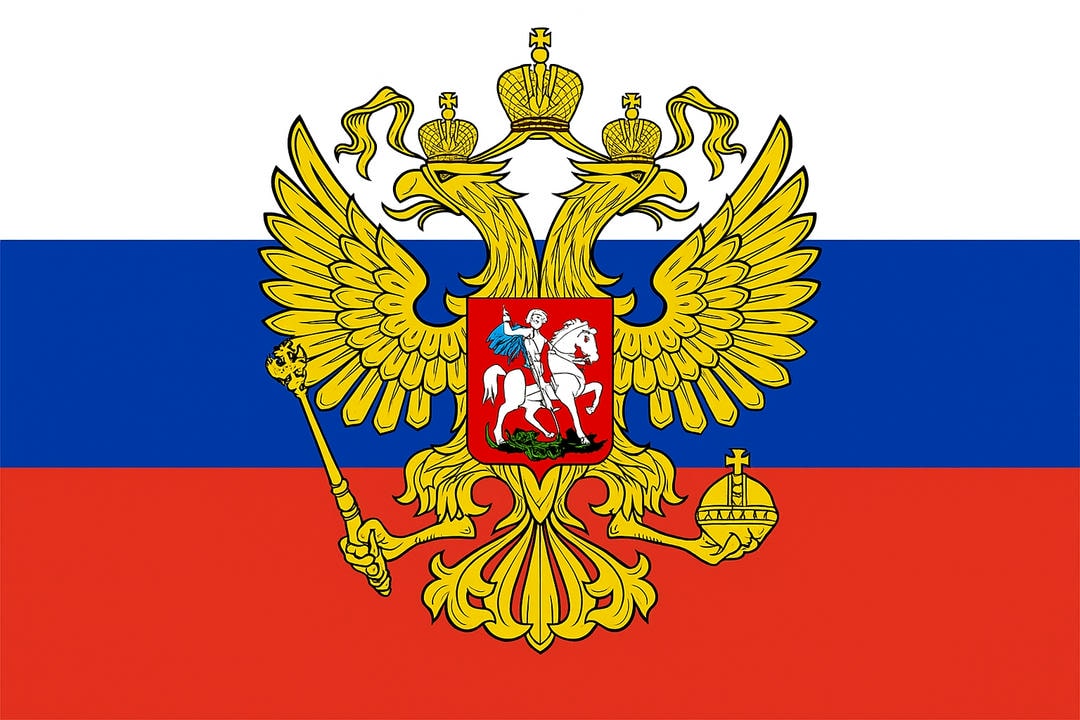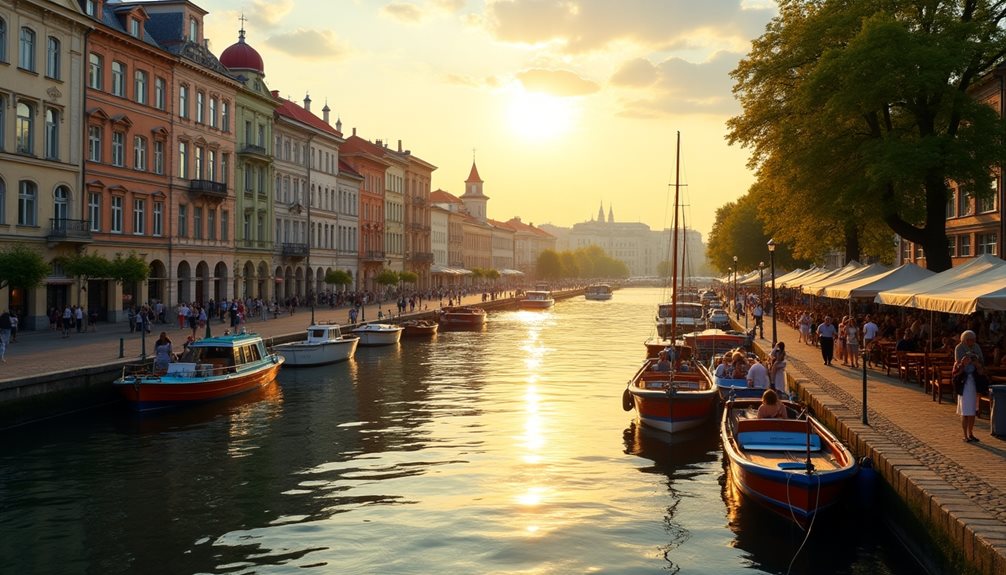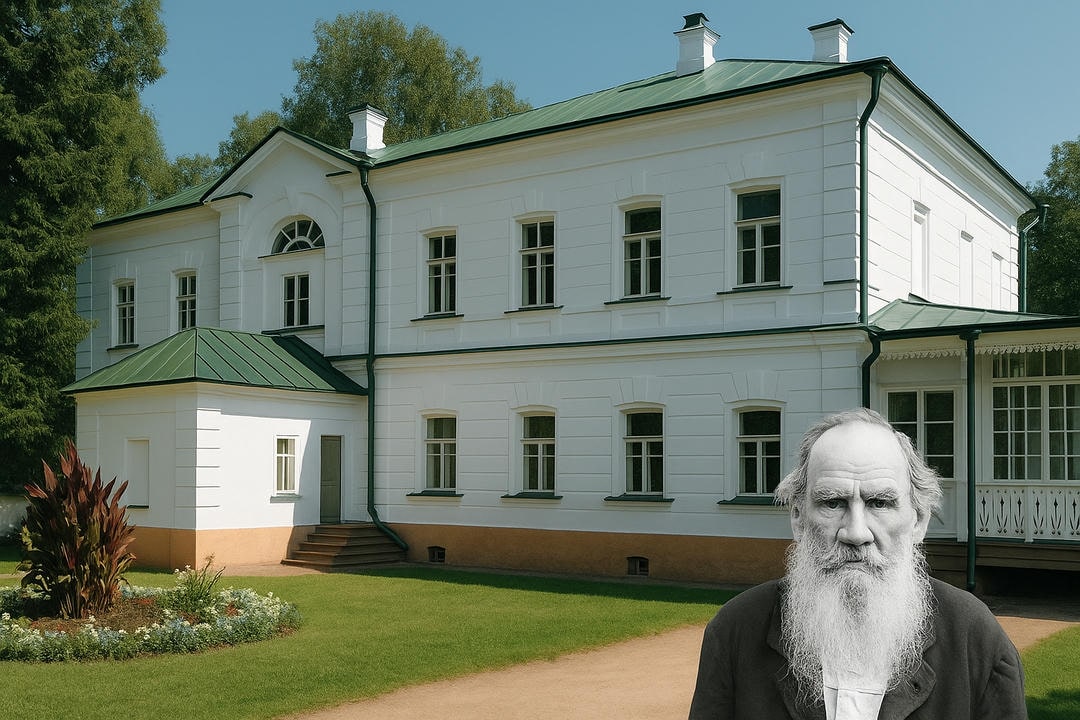
The Mongol invasion of Eastern Europe in the 13th century marked a pivotal moment in the development of Russian identity. As the Golden Horde swept across the steppes, it brought with it a complex array of cultural, linguistic, and administrative influences that would forever alter the trajectory of Russian history. The Mongols’ unique blend of tolerance and authoritarianism allowed for the emergence of a distinct Russian cultural identity, one that would be shaped by the interplay of Eastern and Western traditions. But what exactly did this new identity look like, and how did it come to define the Russian state?
Rise of the Golden Horde
The Golden Horde, a khanate that would become a dominant force in Eastern Europe, emerged in the early 13th century as a result of the Mongol Empire’s expansion under Genghis Khan and his successors.
Following the death of Genghis Khan in 1227, his vast empire was divided among his four sons, with the eastern European territories falling to his grandson, Batu Khan. Batu Khan would go on to establish the Golden Horde, a powerful khanate that would shape the course of Russian history.
Watch our conversational video on The Mongol Golden Horde Invasion of Russia
The Golden Horde was a decentralized state, with various tribes and clans vying for power and influence. However, under the leadership of Batu Khan and his successors, the khanate was able to maintain a degree of stability and cohesion.
The Golden Horde’s military prowess was renowned, with its armies employing advanced tactics and technologies, such as the use of cavalry and siege engines.
The Golden Horde’s economy was also robust, with trade and commerce flourishing along the Volga River and other key trade routes. The khanate’s strategic location, situated at the crossroads of Europe and Asia, made it an important hub for the exchange of goods and ideas.
As the Golden Horde continued to expand and consolidate its power, it would eventually come into contact with the Russian principalities, setting the stage for a complex and often tumultuous relationship that would shape the course of Russian history.
The Invasion and Occupation
Approximately two decades after the Golden Horde’s establishment, Batu Khan launched a massive invasion of Eastern Europe, which would become one of the most devastating campaigns in medieval history. The Mongol army, estimated to be over 100,000 strong, swept across the continent, leaving a trail of destruction and chaos in its wake.
The invasion began in 1236, with the Mongols conquering the Volga Bulgars and the Kipchaks, before moving on to the Russian principalities.
The Mongols’ military tactics were highly effective, using lightning-fast cavalry attacks and clever tactics to outmaneuver their opponents. The Russian principalities, weakened by internal conflicts and disunity, were no match for the Mongol army. One by one, the principalities fell, with the city of Ryazan being the first to be conquered.
The Mongols then moved on to Vladimir, the capital of the Grand Duchy of Vladimir, which was also captured. The city of Kiev, the center of Kievan Rus’, was the next to fall, marking the end of the Kievan state.
The Mongols’ occupation of Eastern Europe was marked by widespread destruction, massacres, and enslavement. Many cities were reduced to rubble, and their inhabitants were either killed or taken prisoner.
The Mongols also imposed their own administrative system, dividing the conquered territories into khanates and appointing their own governors. The invasion and occupation had a profound impact on the development of Russian identity, shaping the country’s politics, culture, and society for centuries to come.
Tributary State Status Imposed
Following the devastating Mongol invasion, Eastern Europe was left to pick up the pieces and adapt to a new reality. The Golden Horde, a khanate established by Batu Khan, imposed tributary state status on the conquered territories, including the Eastern European principalities.
This meant that the local rulers were forced to acknowledge the Mongols as their overlords and pay tribute in the form of goods, services, and manpower. The tributary state status was a deliberate policy aimed at exploiting the resources of the conquered territories while maintaining control over them.
The Mongols demanded regular payments of tribute, which included goods such as furs, wax, and honey, as well as a portion of the local population’s agricultural produce. In addition, the local rulers were required to provide military contingents to support the Mongol army in its campaigns.
The imposition of tributary state status had a profound impact on the social and economic structures of Eastern Europe. The local rulers were forced to adapt to a new system of governance, which was centered on the collection of tribute and the maintenance of Mongol control.
This led to the emergence of a new class of administrators and tax collectors, who were responsible for overseeing the collection of tribute and ensuring compliance with Mongol rule. The tributary state status also led to a decline in the power and influence of the local nobility, as they were forced to cede power to the Mongol overlords.
Legacy in Russian Governance
As the Mongol Empire’s grip on Eastern Europe began to loosen, the legacy of tributary state status imposed by the Golden Horde continued to shape the governance of Russia.
The experience of being a tributary state had a profound impact on the development of the Russian state, influencing its administrative and political structures. The Golden Horde’s system of governance, which relied on the collection of tribute and the appointment of local rulers, was gradually adopted by the Russian principalities.
The Russian princes, who had grown accustomed to the Mongol system of governance, continued to rely on the collection of tribute and taxes to fund their administrations. This led to the development of a centralized state apparatus, with the Grand Prince of Moscow emerging as the dominant power.
The Mongol legacy can also be seen in the Russian system of administration, which was based on the principle of kormlenie, or the granting of land and resources to nobles in exchange for loyalty and service.
The Mongol invasion also had a lasting impact on the Russian concept of sovereignty. The experience of being a tributary state led to a emphasis on the importance of independence and self-governance, which would shape Russian foreign policy for centuries to come.
The legacy of the Golden Horde can still be seen in the modern Russian state, with its strong emphasis on centralized authority and its complex system of administration.
Culture Under the Horde’s Shadow
When the Mongol Empire’s shadow loomed over Eastern Europe, the cultural landscape of Russia underwent a profound transformation.
The Golden Horde’s conquest of Kievan Rus’ in the 13th century brought about a significant shift in the cultural identity of the region. The Mongols’ tolerant attitude towards the local population’s customs and traditions allowed for a unique blend of Eastern and Western influences to emerge.
The Orthodox Church, which had been a dominant force in pre-Mongol Russia, continued to play a vital role in the country’s cultural development. However, the Mongols’ patronage of the Church also led to the incorporation of Eastern elements into Russian art and architecture.
The use of Byzantine and Islamic motifs in Russian iconography and church design became more pronounced, reflecting the cultural exchange between the Mongols and the local population.
The Mongol invasion also had a lasting impact on Russian folklore and literature. The epic tales of the bogatyrs, heroic warriors who fought against the Mongols, became an integral part of Russian folklore.
The Mongols’ own literary traditions, such as the epic poem The Secret History of the Mongols, also influenced the development of Russian literature.
The cultural legacy of the Golden Horde continues to be felt in Russia today, with many of its traditions and customs remaining an essential part of the country’s identity.
Linguistic Impact of Mongolian
The Mongol invasion left an indelible mark on the Russian language, with numerous Mongolian loanwords and grammatical structures being incorporated into the vernacular. As a result of prolonged contact between Russian and Mongolian speakers, many Mongolian words entered the Russian language, particularly in fields such as politics, economy, and military affairs.
Terms like yam (post station), tamga (tax or customs duty), and khan (ruler) became integral parts of the Russian lexicon.
The Mongolian influence on Russian grammar is also noteworthy. The use of the accusative case to indicate the direct object of a sentence, for example, is a feature borrowed from Mongolian.
Additionally, the Russian language adopted certain Mongolian suffixes and prefixes, which were used to form new words. The suffix -nik, for instance, was used to form nouns indicating a person or a place, as in tamozhnik (customs officer).
The linguistic impact of Mongolian on Russian was not limited to the borrowing of words and grammatical structures.
The Mongol invasion also led to changes in the pronunciation and intonation of Russian. The use of certain vowel sounds and diphthongs, for example, became more prevalent in Russian as a result of Mongolian influence.
From Vassals to Hegemon Power
Mongol rule over Eastern Europe and Russia lasted for nearly two centuries, during which time the Golden Horde, a khanate established by Batu Khan, exerted significant influence over the region. Initially, the Golden Horde treated the Russian principalities as vassals, demanding tribute and military support.
However, over time, the Mongols’ grip on the region began to loosen, and the Russian principalities began to assert their independence.
The turning point came in the mid-14th century, when the Grand Duchy of Moscow emerged as a dominant power. Moscow’s strategic location and economic strength allowed it to consolidate power and challenge the Golden Horde’s authority.
In 1380, Moscow’s Prince Dmitri Donskoi led a coalition of Russian principalities to victory against the Golden Horde at the Battle of Kulikovo. Although the Golden Horde continued to exist, its influence over Russia was significantly diminished.
As the Golden Horde’s power waned, the Grand Duchy of Moscow continued to expand its territories, eventually absorbing many of the surrounding principalities. By the 16th century, Moscow had become the dominant power in Eastern Europe, and the Golden Horde was eventually absorbed into the Crimean Khanate.
The Mongol invasion had inadvertently created a power vacuum that allowed Moscow to rise to prominence, shaping the course of Russian history and identity. The legacy of the Golden Horde’s rule continued to influence Russian politics and culture, but it was now Moscow that held the reins.
Conclusion
The Mongol invasion of Eastern Europe had a profound and lasting impact on the development of Russian identity. The Golden Horde’s conquest of Kievan Rus’ led to a unique cultural synthesis, blending Eastern and Western influences. This distinct identity shaped Russian history and politics for centuries, with the Mongolian legacy evident in governance, culture, and language. The tributary state status imposed by the Horde laid the groundwork for Russia’s future emergence as a hegemon power.




